Maria Bălan has always known she wants to draw. Through her art, she guides our attention towards what we do but also shows us what we don’t do to live our lives in harmony with others and with the surrounding environment. Beyond the need for awareness, her work speaks of the importance of acting, of not remaining indifferent. She “hides” in the heart of the city and in the eyes of the world drawings that change our perspective and take us out of the comfort zone. We talked to her about how we can develop the relationship with nature starting from small gestures, at everyone’s reach, about self-analysis and critical attitude, about the portrait as a way to convey all kinds of ideas in a familiar form, and the disconnection that music can offer you.
f: Hey, Maria, we’re going to start with an exercise of imagination. If you were to describe what you do to a man who never saw an artwork, what would you tell him?
Maria Bălan: Hello! Nothing easier! I practice my job, like any other human, with how much passion and diligence is possible for me. I work with images and try to give life to the ideas that lie in my head (or in the mind of others).☺
f: One of the subjects that you are concerned about and which you have also focused on for the #Inktober drawing series is related to environmental issues. How do you see the relationship between man and nature today and what initiatives – individual or collective, from small to grand gestures – do you think can help improve it?
Maria Bălan: Yes, this is something I’ve been passionate about since high school, to protect and love nature. It seems that year after year the human-nature relationship deteriorates more and more, to the detriment of nature and therefore to the damage of man, but it continues to harm… The reasons for environmental problems are many, unfortunately, but the main engine that drives man’s indifference to the environment, I think, is the money. For this reason, I believe that many of the positive initiatives are dictated by the same engine, so insincere. The discussion is very long and has many aspects.
I think it is essential, first and foremost, to become aware and then to act, starting from small things and gradually turning to “big gestures”.
I am still working on the small things – the reusable bag, the avoidance of disposable plastic, the encouragement of small producers, the consumption of seasonal vegetables and fruits, the use of public transport or bicycle, recycling – although I admit that being difficult to access is daunting and so on. However, the more we are, the better it will be.
Regarding awareness, I’ve been working on it for a while, since I’ve been taking out in the streets a few characters from the “Anomalica” series, characters that refer to the aberrant tree grooming, the money chase or the excessive development of real estate projects to the detriment of green spaces. The series is work in progress and will conclude with a small fanzine that I am going to distribute in Bucharest as a less conventional awareness campaign. So stay tuned!
1. “The Punishment” by Maria Bălan / signed woodprint // 2. Anomalica By Maria Bălan // 3. “The Mimetic Tree” by Maria Bălan / signed reduction woodprint and linoprint
I want to turn to grander gestures, but at the moment I do not know how, I am particularly interested in the issue of illegal clearings and I would like to get involved more in this area, at least on the graphic design, information, campaigns, posters, etc.
f: The theme of the “Neștiuții” [The Unknown] exhibition has also focused on another important aspect for you – homeless people. By addressing topics that pull the public out of the comfort zone by exposing situations that society ignores or contributes insufficiently into solving them, what questions/ emotions/ states do you want to convey to those who interact with your art?
Maria Bălan: The series has made a nest in my head since I was a student in Architecture and at an optional course with Professor Augustin Ioan about the public space and the issue of living in the street. I remember that I proposed a mobile home solution for homeless people. From that moment on, I became more and more aware while walking on the street, and I began to really see them and document the problem. I gradually put on canvas people who caught my attention and decided to turn this process into a public one – to bring something out of the street to the gallery. It was awareness primarily for me.
The tendency to judge and label is very easy, and I have tried to draw attention to the person who suffers, regardless of the circumstances that led to his/her current situation. It is important to help, to understand and not to remain indifferent to the suffering of others.
The next step would be to find a solution to donate these works to associations dedicated to homeless people, and perhaps, through auction, the money will help them.

“Three Unwise Humans” by Maria Bălan / signed linoprint
f: You chose the portrait as a form of artistic expression, and your works sometimes illustrate fantastic creatures, “the monsters we create” as you call one of your series. You also reveal through portrait various introspection processes. What made you explore this technique?
Maria Bălan:
I’ve been attracted to portraits since I was a child. A man’s face encompasses his life, the most hidden feelings and thoughts. A portrait is a means of conveying the strangest ideas in a familiar form, so it is easier to receive by the viewer. I like the portrait in its realistic, illustrative style but, being a graphic artist, the tendency is to explore beyond the immediate reality in my imagination. Because I juggle between two directions, one related to introspection and self-analysis and the other mainly criticising man and his defects, the works explore these areas through portraits.

“The Stranger Inside” by Maria Bălan / signed woodprint
Of course, the critical attitude, a bit satirical, starts from self-analysis, but it is also related to the environment in which I live, to society and the current period. Fantastic creatures are of medieval inspiration, but anchored in the everyday present, related to immediate and more or less general situations and issues. That’s why I came up with the idea of defining my style as contemporary dark ages. The other direction is based on the expressionist movement that I especially like because it is the portrait explored in the depth of the human psyche. Both directions have a common ground – my preferred medium, namely engraving (woodcut and linocut).
f: Having grown up in a family of painters and then studying architecture, you have known art practically since you were born and kept your interest in it until now. Is there anything else you want to do beyond art?
Maria Bălan: Indeed, I was lucky to develop myself in the ideal artistic environment. I had access to the necessary information and tools, and parenting was the determining factor in my evolution as an adult. Since a young age, I knew I wanted to draw all my life, I remember that during the classes I was less interested in, I was making copies after DaVinci’s portraits or scratching at the end of the notebooks.
Architecture was a compromise for the sake of my parents because they did not want us to eat the same “bitter bread” of the artist (me and my brother, who is now a sculptor). Therefore, being a compromise, it had no finality because, after graduation, I started from scratch at the UNArte Graphics section. I wanted to engrave since high school, even though I did not know what that meant very clearly since I went to a theoretical high school. I do not see myself doing anything else. However, I used to like singing when I was little, so music comes in second, and there are moments when I want to do it even now. Also, perhaps geography…
f: We read in one of your interviews that you like to listen to music while working. What music do you listen to and how did it influence what you do over time?
Maria Bălan: Yes, it’s a disconnection that only music can offer. Sometimes you need to “empty” your mind to be creative. I do not think it will surprise anyone, if they know how I draw, to find out that my favourite genre is in the progressive metal, post-rock, experimental area, generally long songs, strange and a little dark.

Melancholic music defines me both as a human and as an artist and certainly influences my work. There were even moments when I tried to illustrate song titles and the state I’m transposing when I listen to them. An example would be “The Sleep of No Dreaming” by Porcupine Tree. I perceive the song as a fetal sleep, before or after death (this remains at the discretion of the viewer).
f: How do you perceive Bucharest as a cultural and artistic scene?
Maria Bălan: I think Bucharest is quite good in the last few years on the part of organising cultural and artistic activities. It’s full of effervescence, and young artists are increasingly trying to do things to get the art out of the “elitist” gallery area and so on. It’s a good thing because art is for everyone and everyone should have access to it.
It’s harder with the audience, who does not yet have the education and culture of searching, exploring and visiting dedicated events. I often see with sadness that the audience is narrow and quite the same. However, with joy that at least there is a public.😉
f: How does a walk in Bucharest by the artist Maria Bălan look like – what do you search for, what surprises you pleasantly or unpleasantly?
Maria Bălan: I have heard other artists say this and I entirely relate to the idea: Bucharest is a city that you love, but you despise at the same time. So from these intense experiences, the best ideas come out. For me, it’s a source of inspiration, especially on the critical side. However, it is full of portraits that are more expressive. I look at all the details, and since I started to play with street art, I look at it differently.
Any corner is inviting for possible works. I like to “hide” small engravings in full sight, so if the passersby would be a bit more aware of the city and the walls, they could find many works.
f: Tell us how it was for you to work with children during the Un-hidden Bucharest street art workshop in September.
Maria Bălan:
Children are the best teachers in my opinion. Usually, I am the one learning from them when we work together. So I take advantage of these experiences to improve my teaching skills. I like to work with people and share my passion with them.
Engraving is a working environment that is fading in our country, fewer artists are doing this, and I am glad that through street art there is an updating of a very old art technique, which is also quite difficult for the ignorant and so the public has more openness towards it.
f: Share with us some thoughts about last year. How was it for you on a personal level and as an artist? What do you aspire for in 2019?
Maria Bălan: I will only say this: I hope that in 2019 it will be better than it was in 2018.
You can follow Maria on Facebook, Instagram and Tumblr.
In our online shop, you can find and buy signed linoprints and woodprints by Maria Bălan.
This article is part of the Un-hidden Bucharest series of interviews with street art and graffiti artists, published weekly on feeder.ro. Together we will enter their artistic universe and learn how the city can be regenerated through artistic interventions in the public space.
Keep your eyes on feeder.ro, we’ll publish new interviews soon with iZZY iZVNE, John Dot S, Livi Po, J.Ace, KSELEQOQYNQYSHY, Robert Obert, Pisica Pătrată, Skinny Bunny, Primitiv Print, Alexander Blot, Irina Marinescu, Kero, Lost.Optics, Obie Platon, Serebe, Alina Marinescu, Cage, Livia Fălcaru, and more.
Interview by Emilia Cazan
Images © feeder.ro and Maria Bălan
The Un-hidden Bucharest street art project is organized by Save or Cancel, through feeder.ro and is co-funded by AFCN. The program does not necessarily represent the position of the National Cultural Fund Administration. AFCN is not responsible for the content of the program or the way the program results can be used. These are entirely the responsibility of the beneficiary of the funding.
Organizer: The Save or Cancel team, composed of Cristina Popa (random) – social designer, editor, and cultural manager, and Andrei Racovițan (ubic) – architect, editor, and artistic manager, together with the audience, artists, collaborators și partners.
Project partners: CNDB, Faculty of Sociology and Social Work, Zeppelin, IQads, Urban Collectors, Igloo, Urban things, România Pozitivă, IQool
About Save or Cancel
Since 2008, Save or Cancel is a medium of communication and propagation of the arts and culture, promoting and facilitating their role in contemporary society.
The self-initiated multidisciplinary programs of Save or Cancel aim to identify sustainable and adaptable opportunities for (re) valorization of the existence through architectural, cultural and editorial projects.
Visit the project’s page to find out more about past, current and future activities: https://feeder.ro/un-hidden







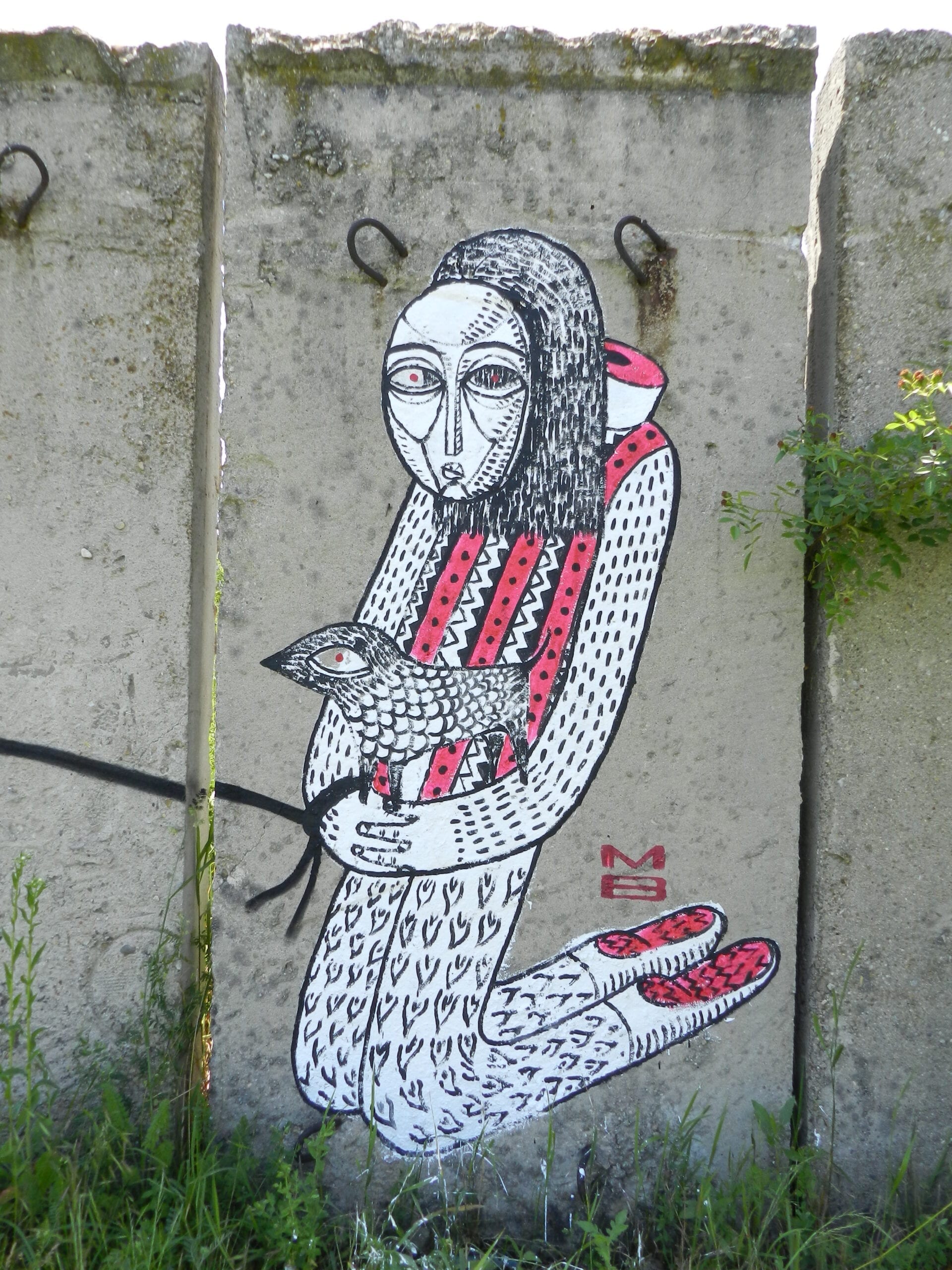
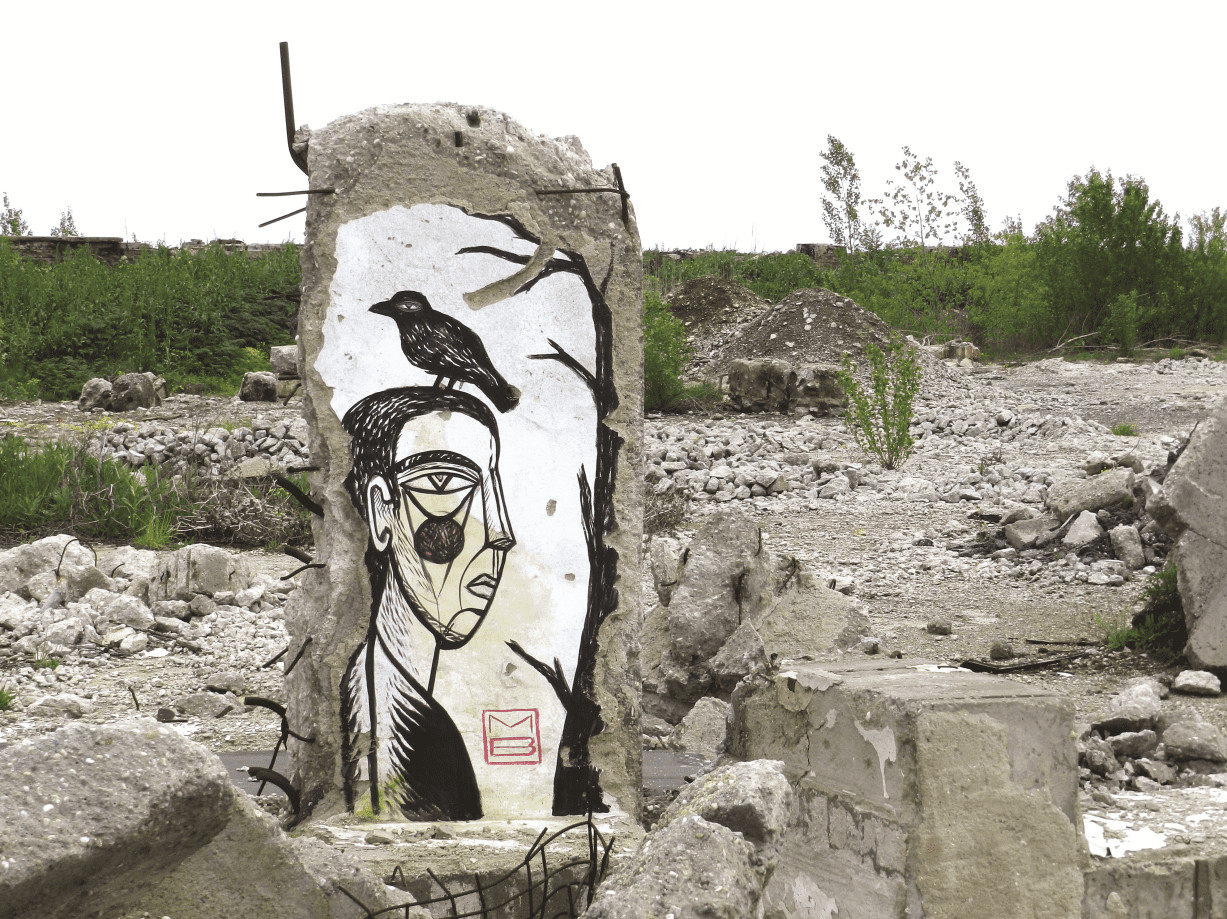
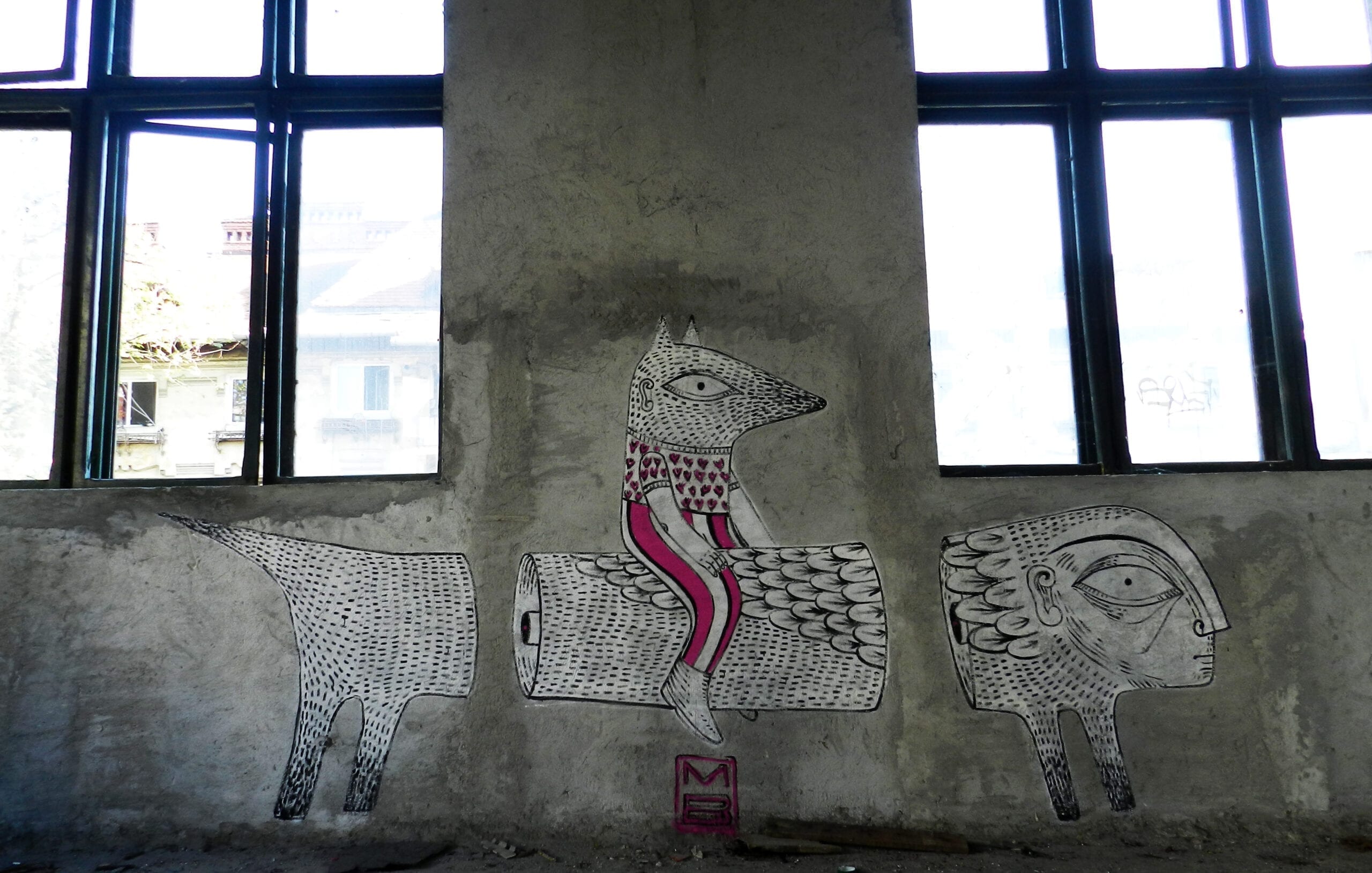
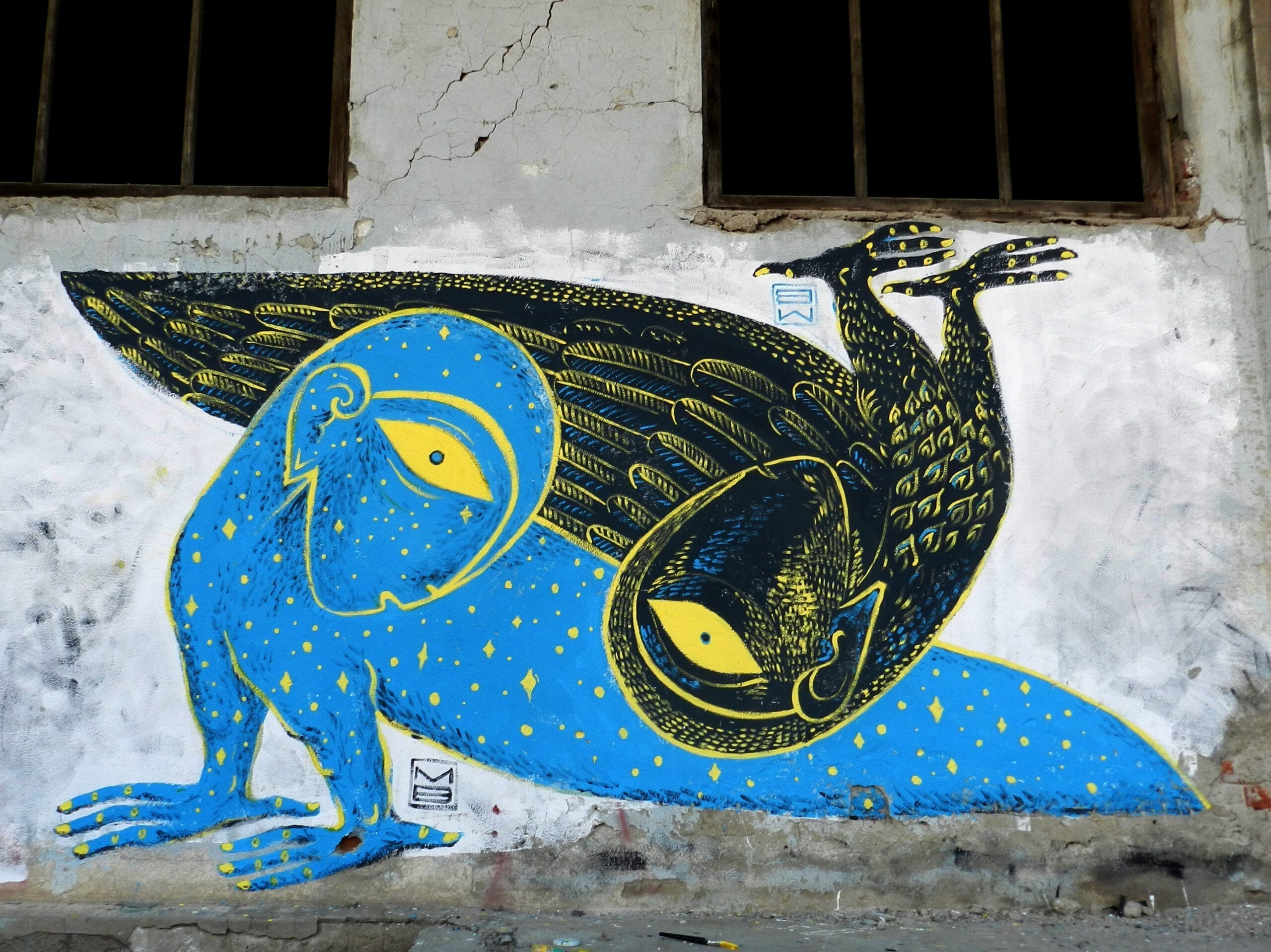
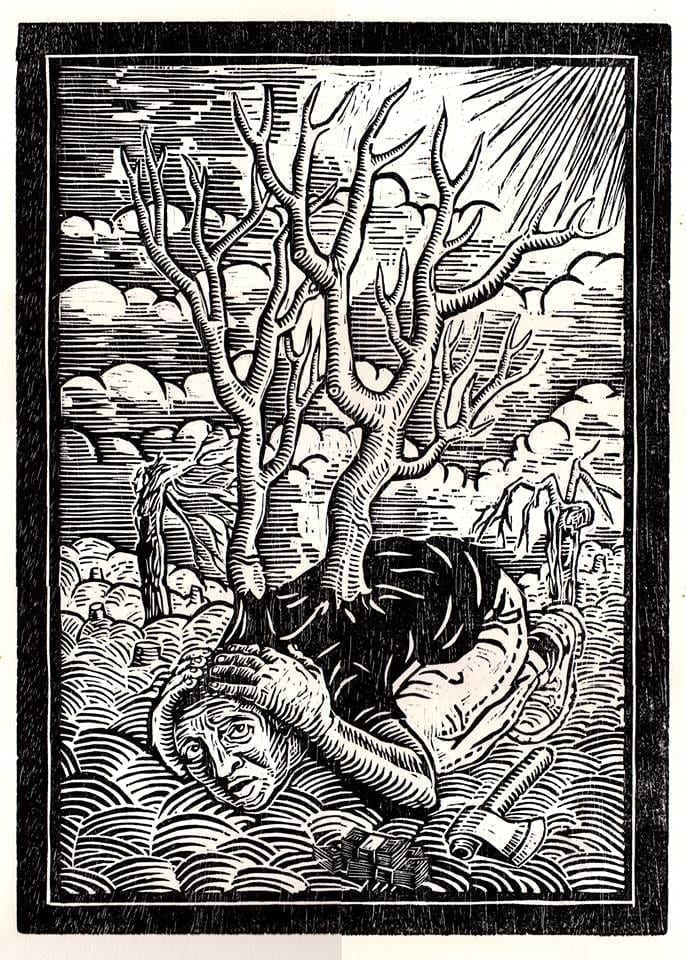
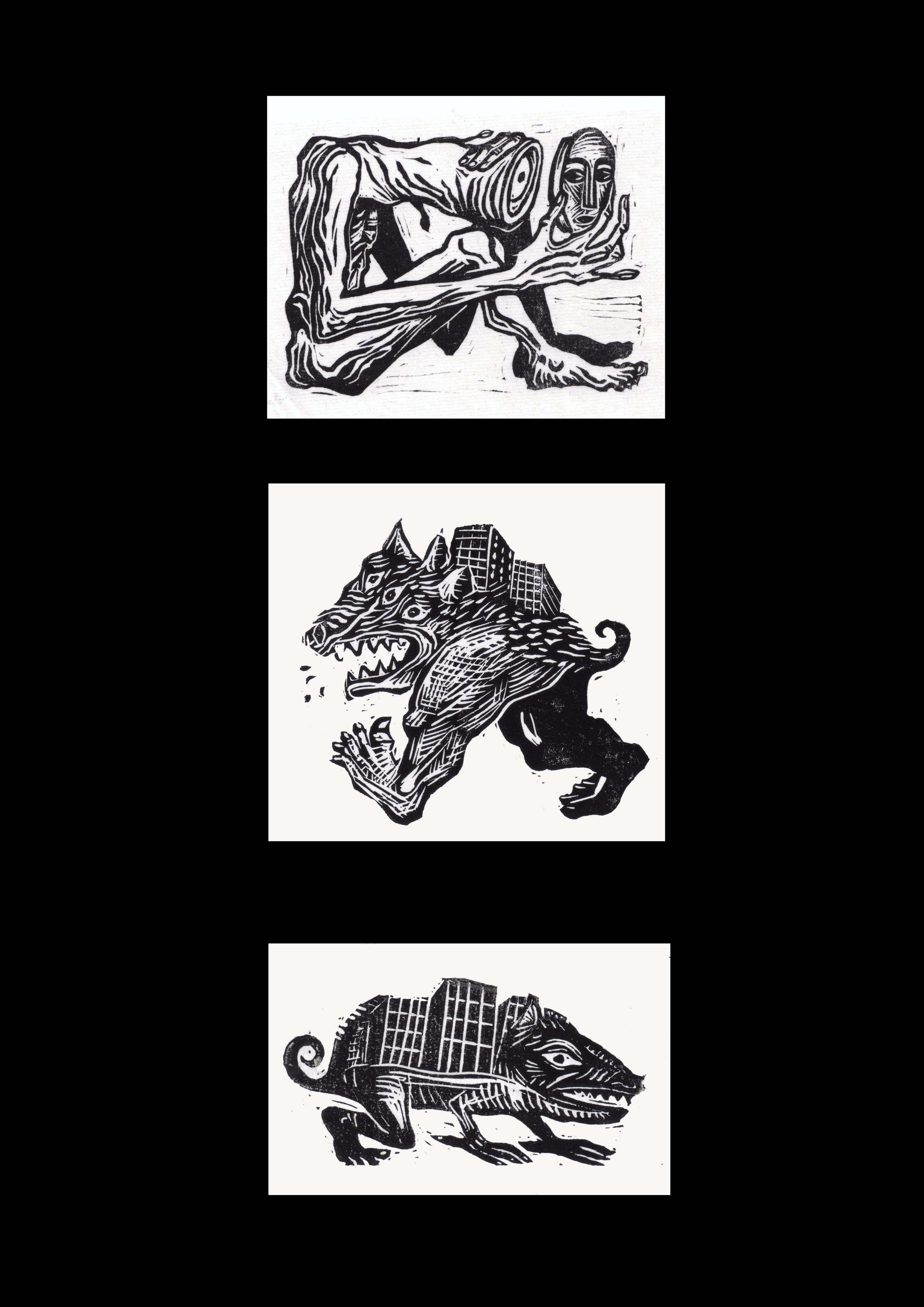
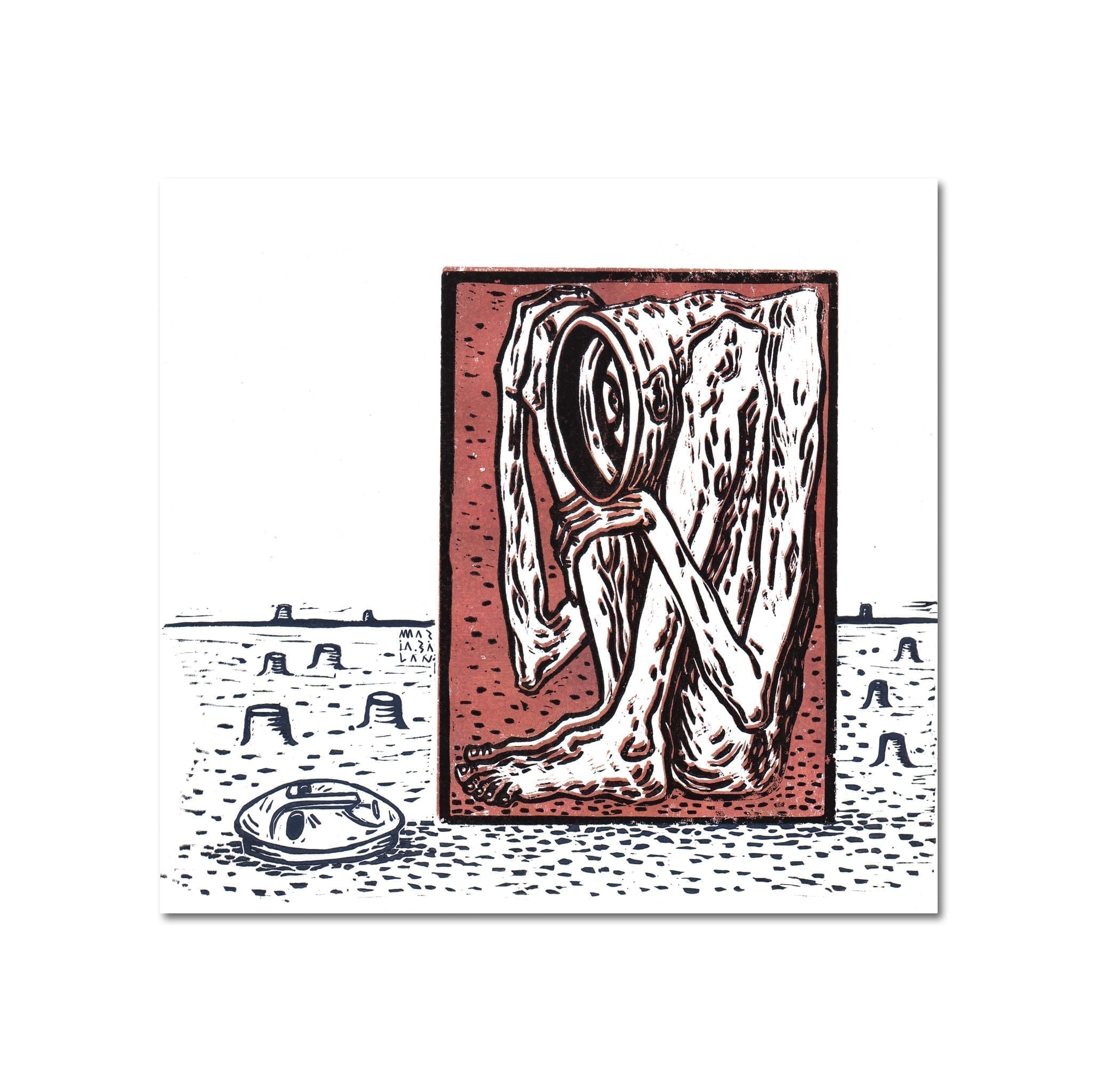
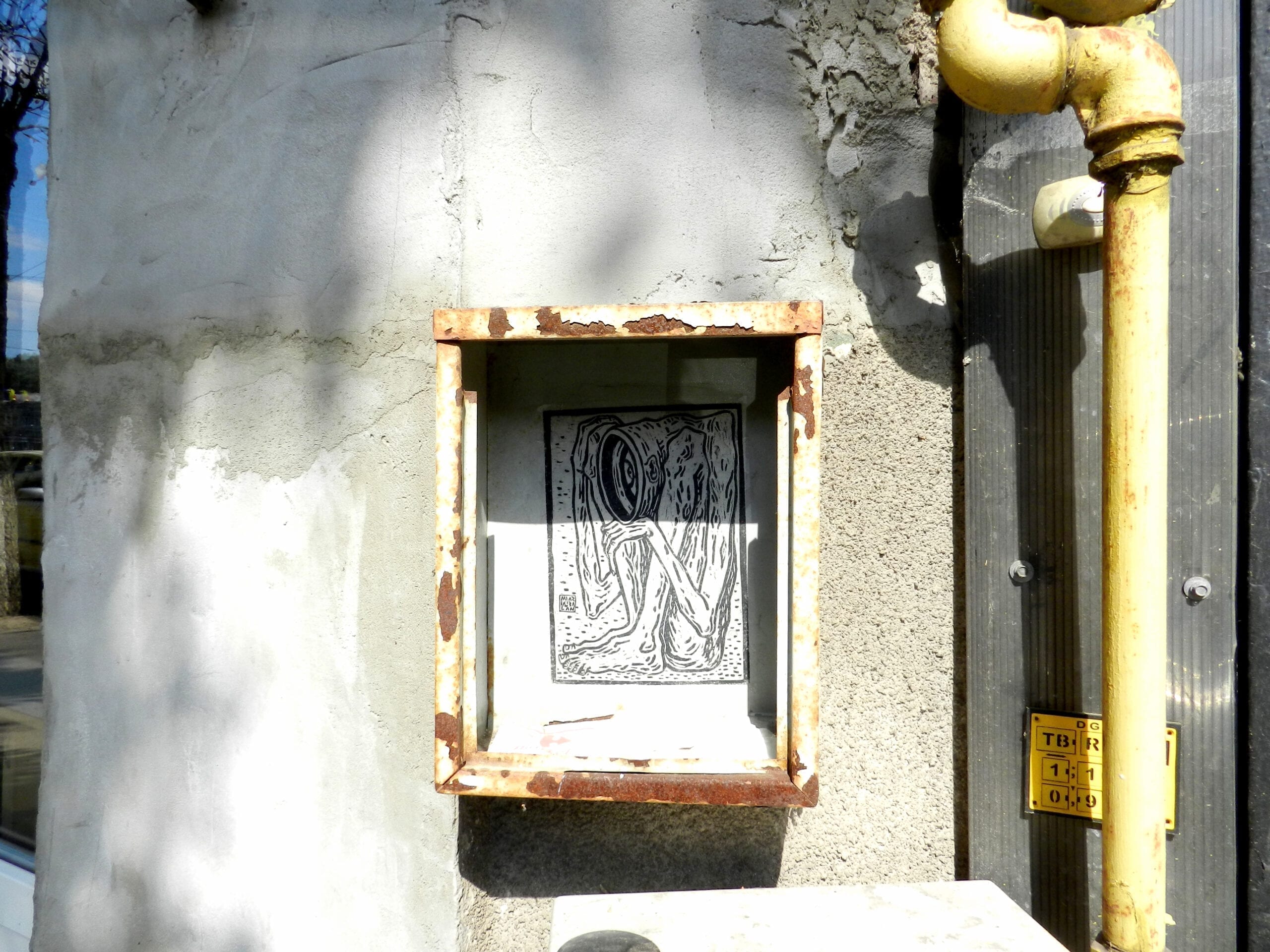
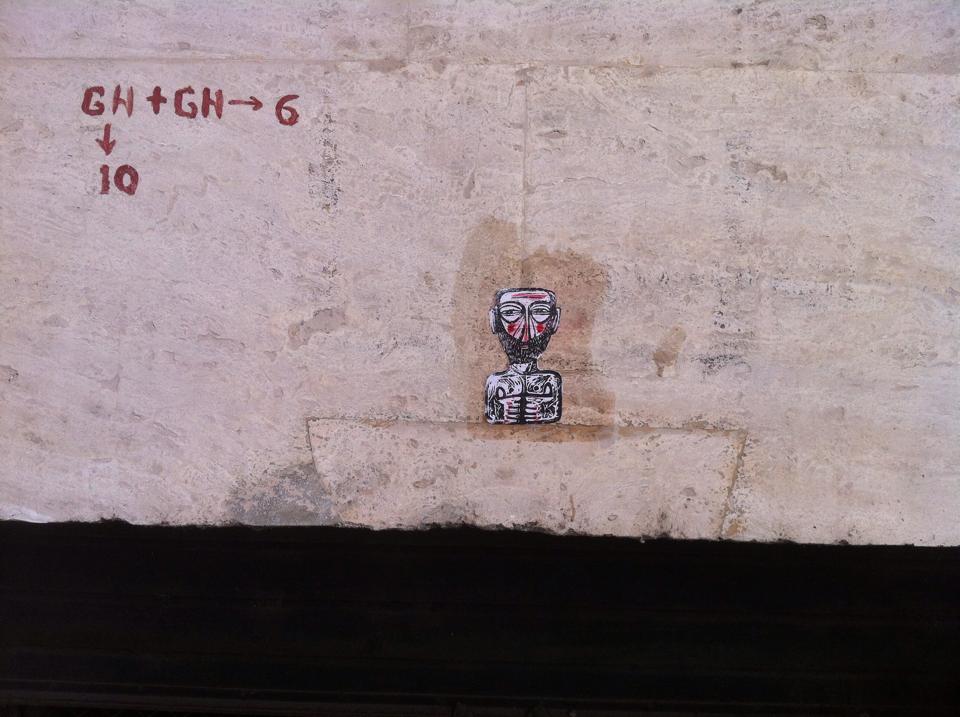
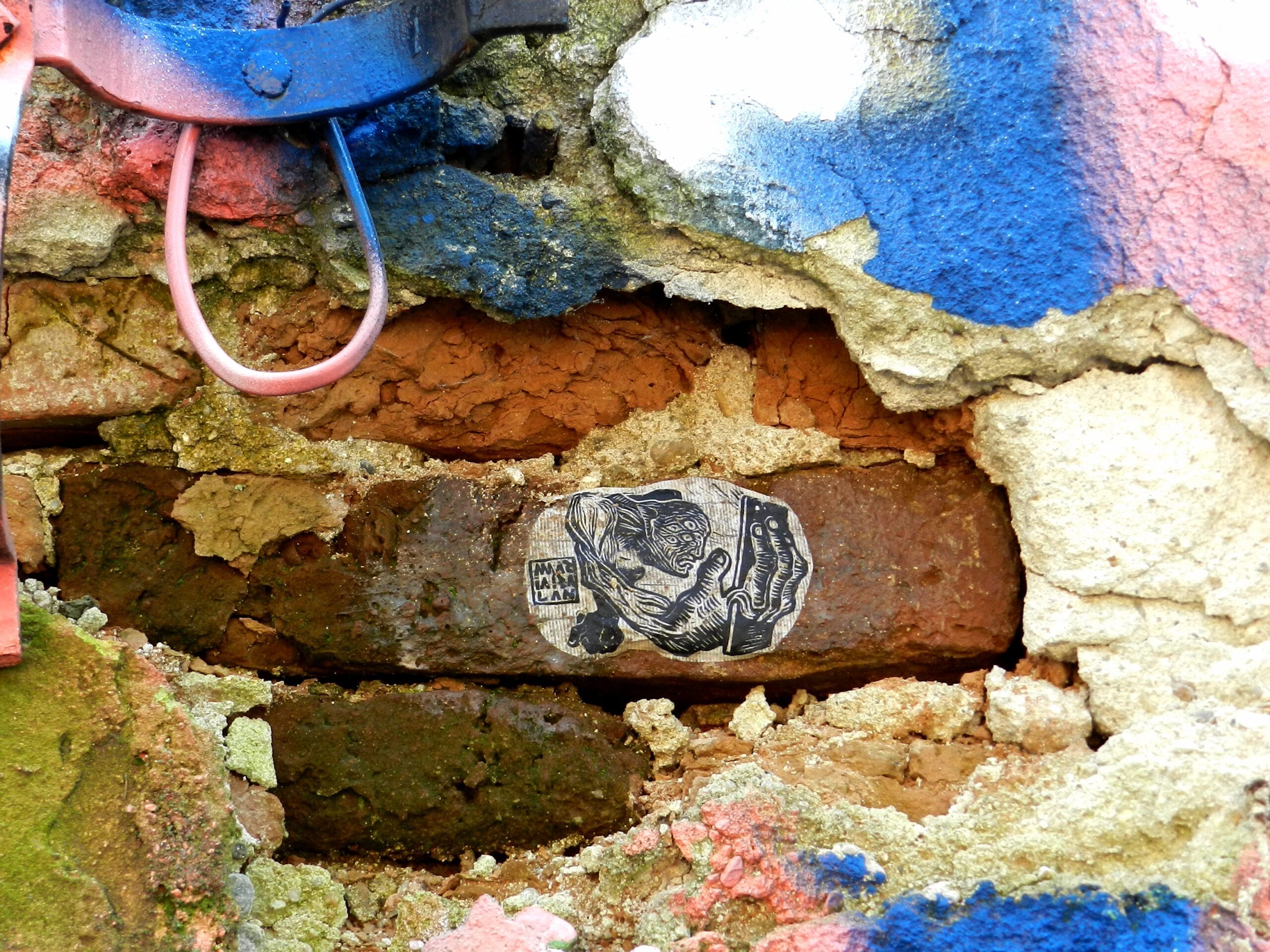
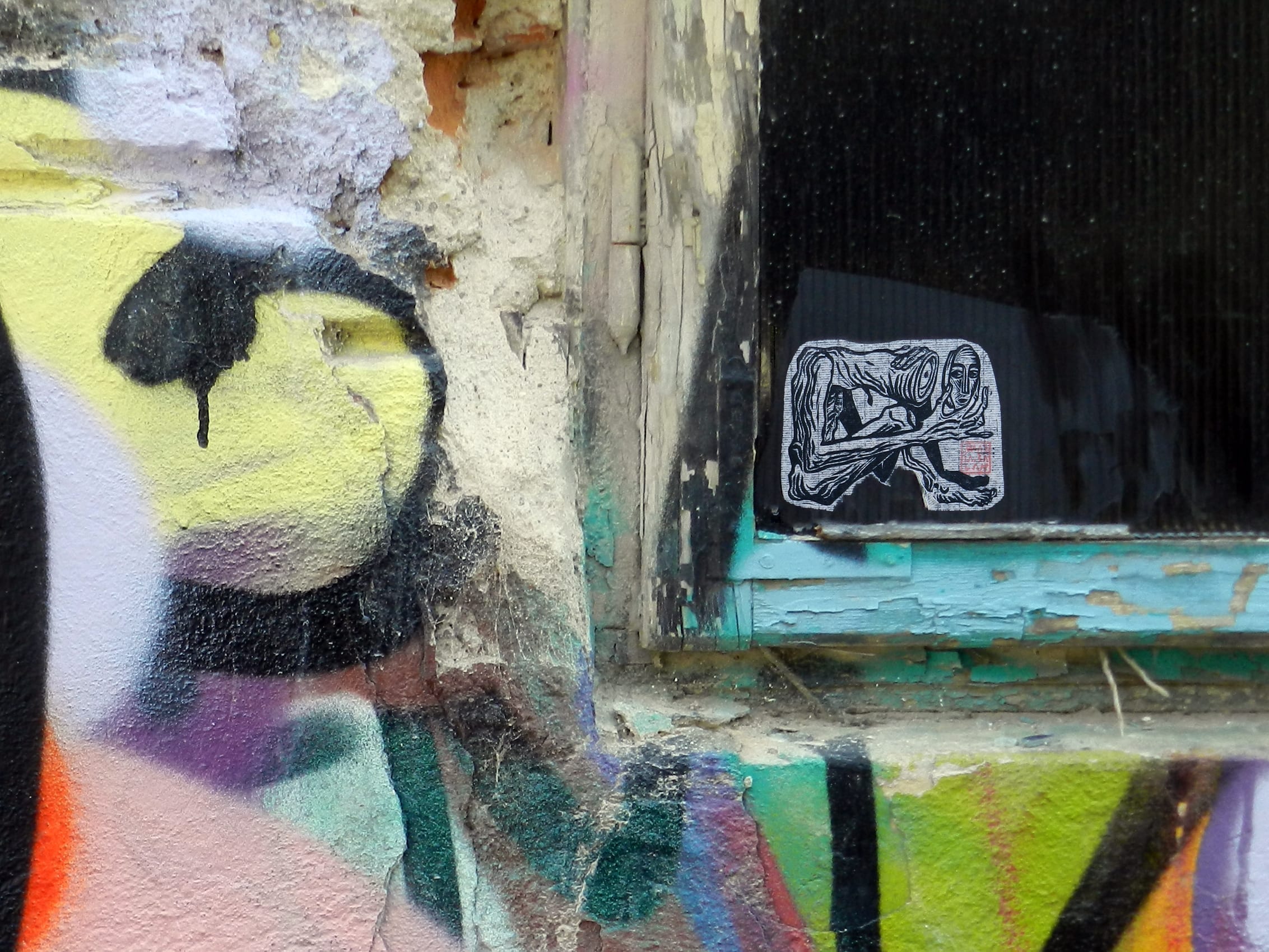
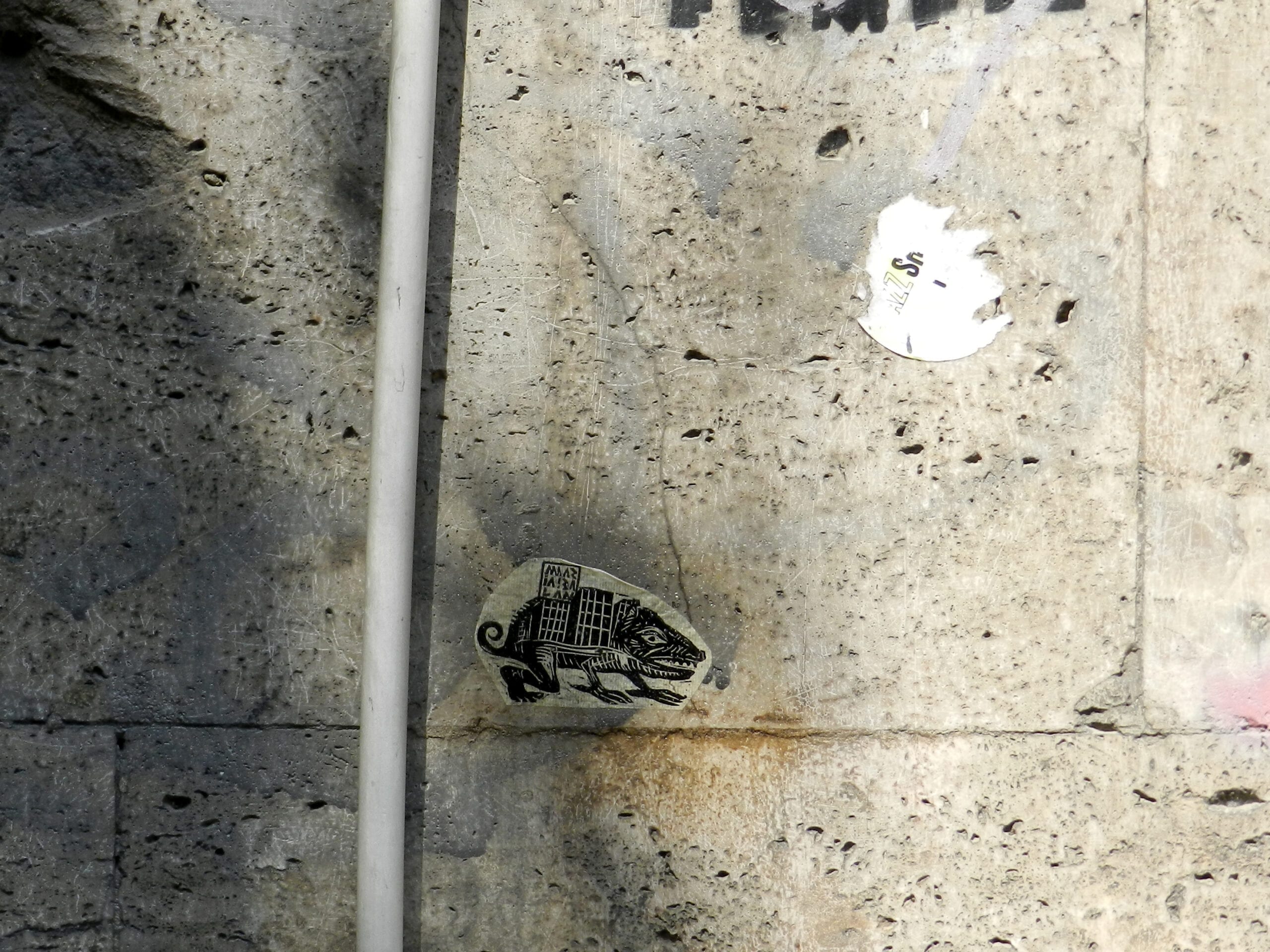
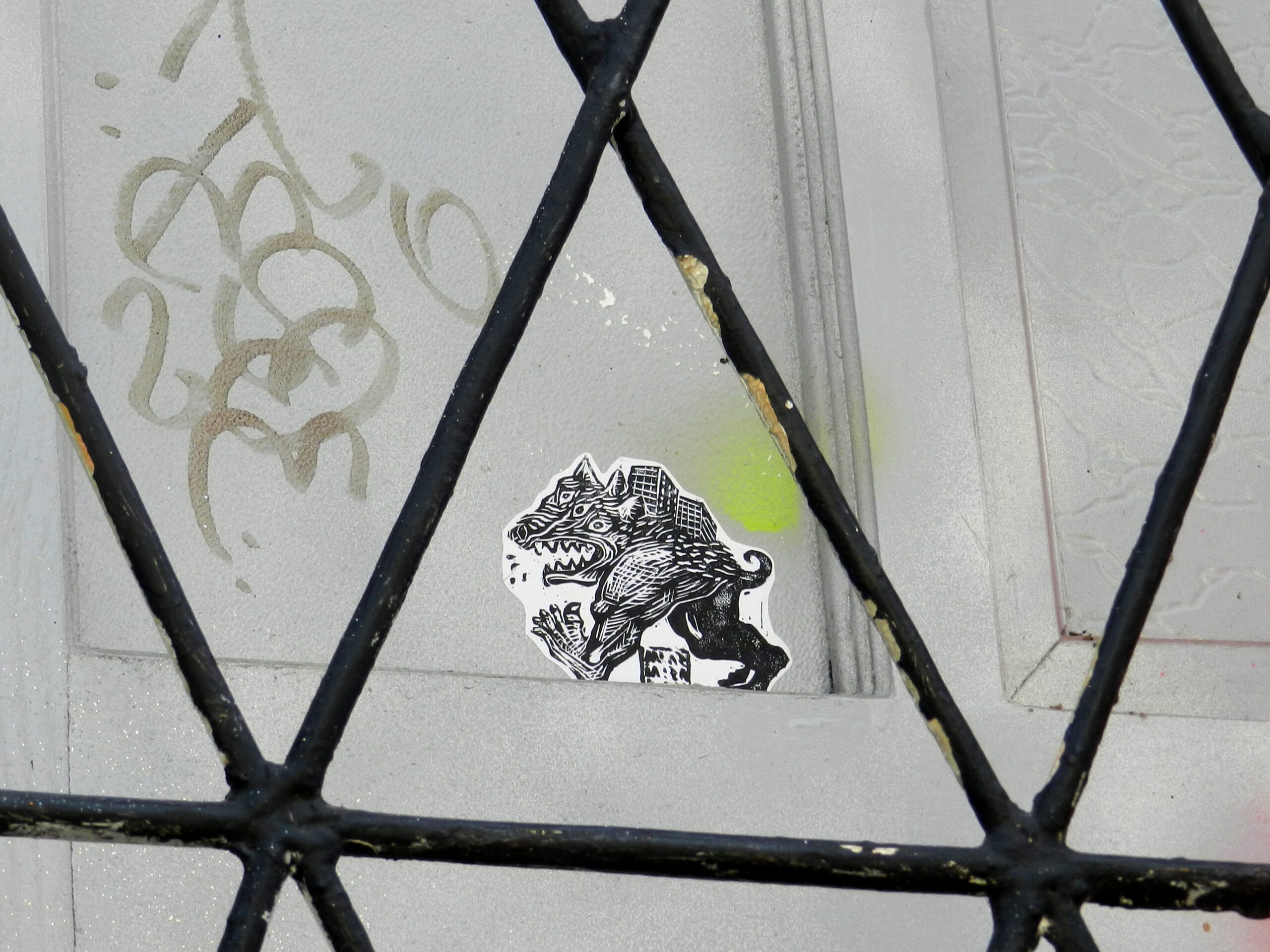
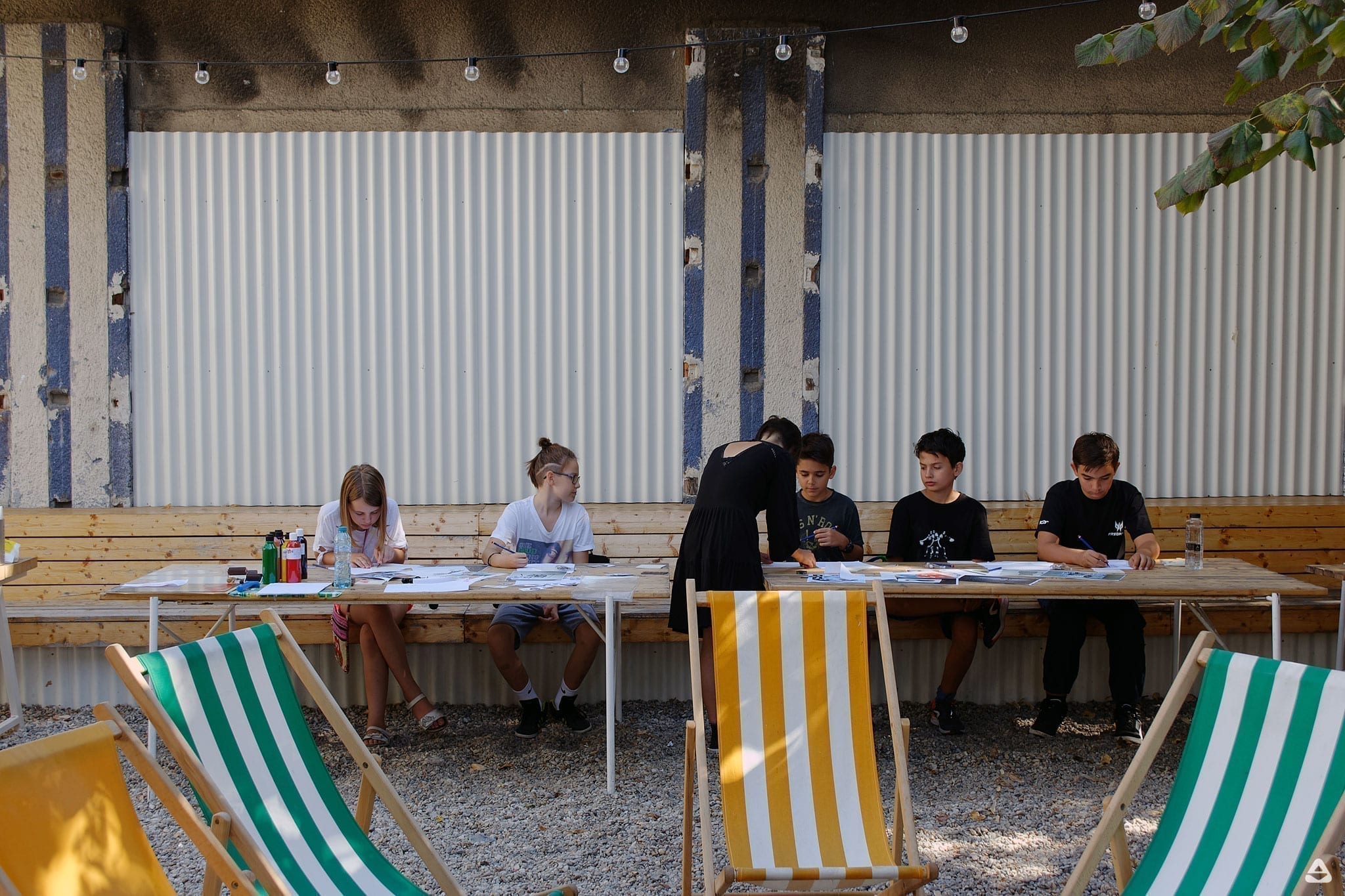
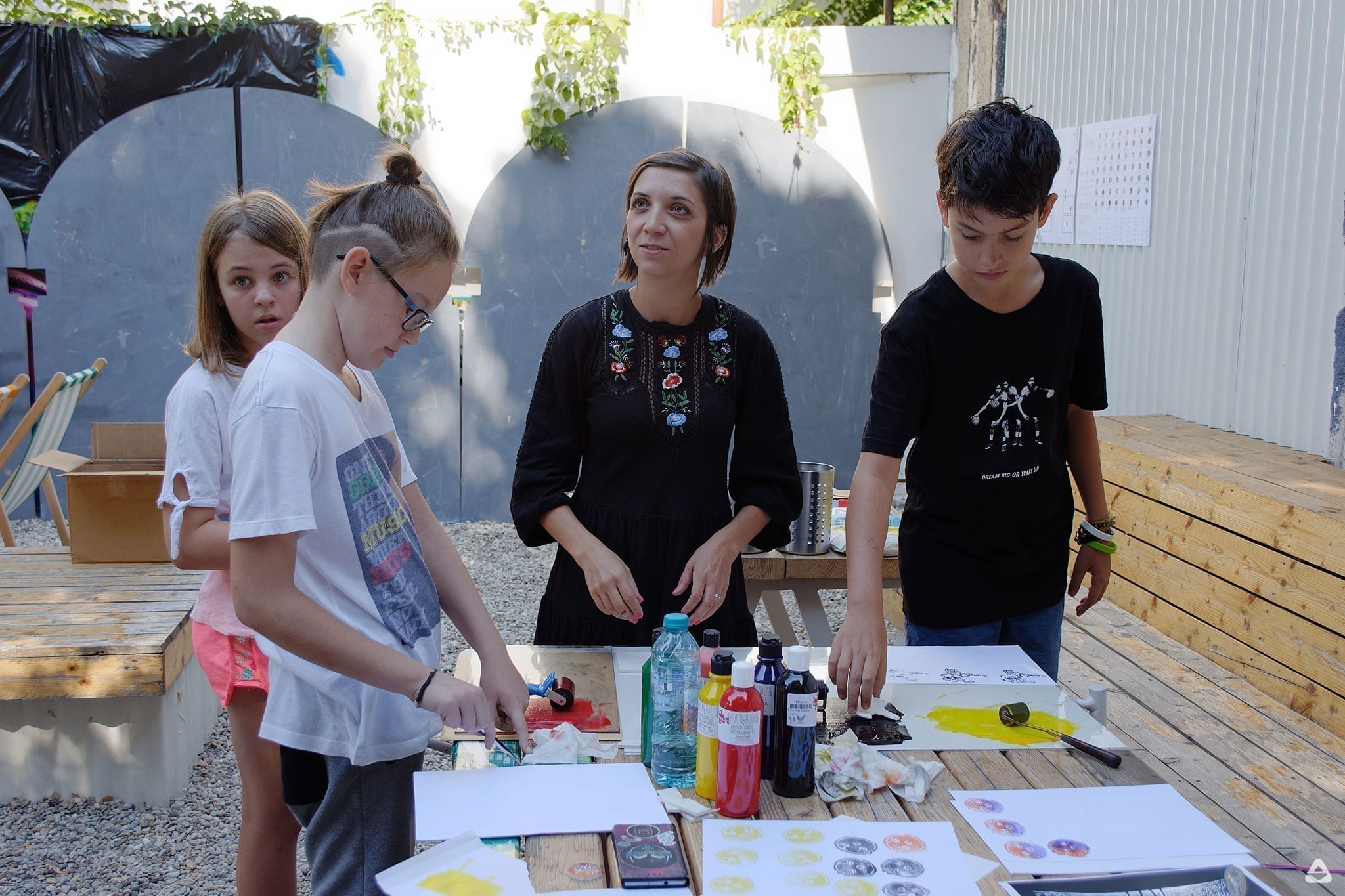
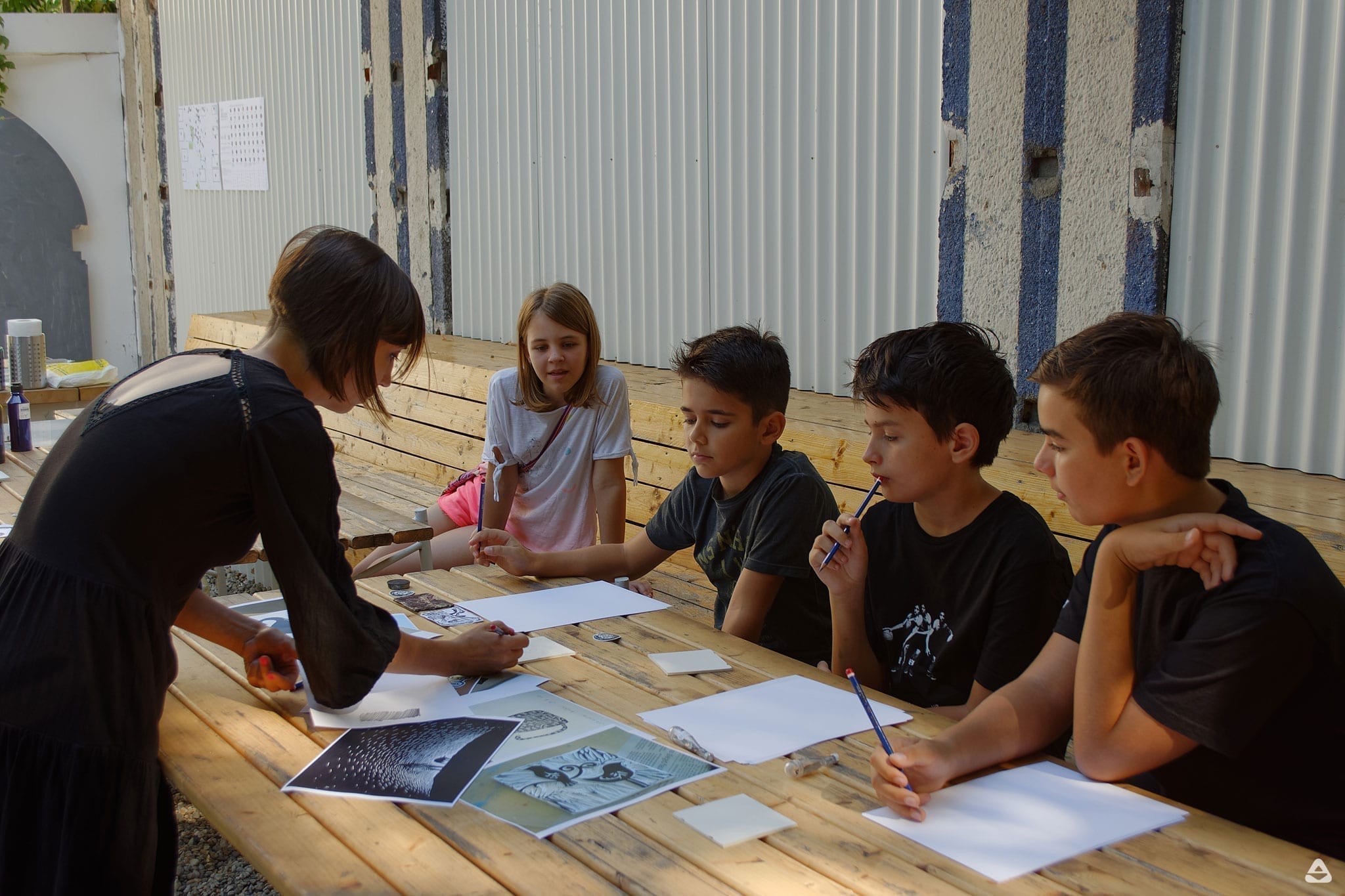
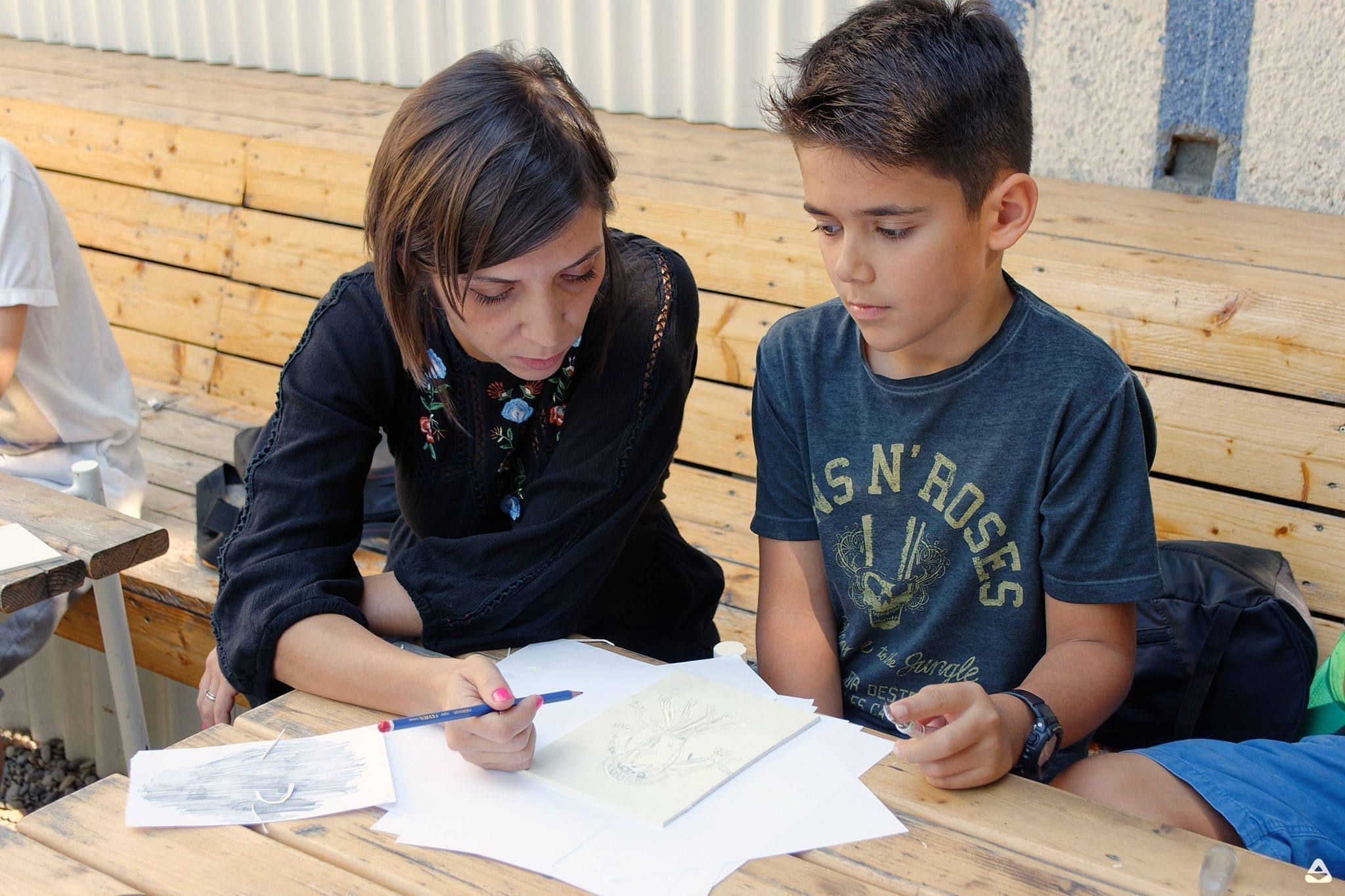
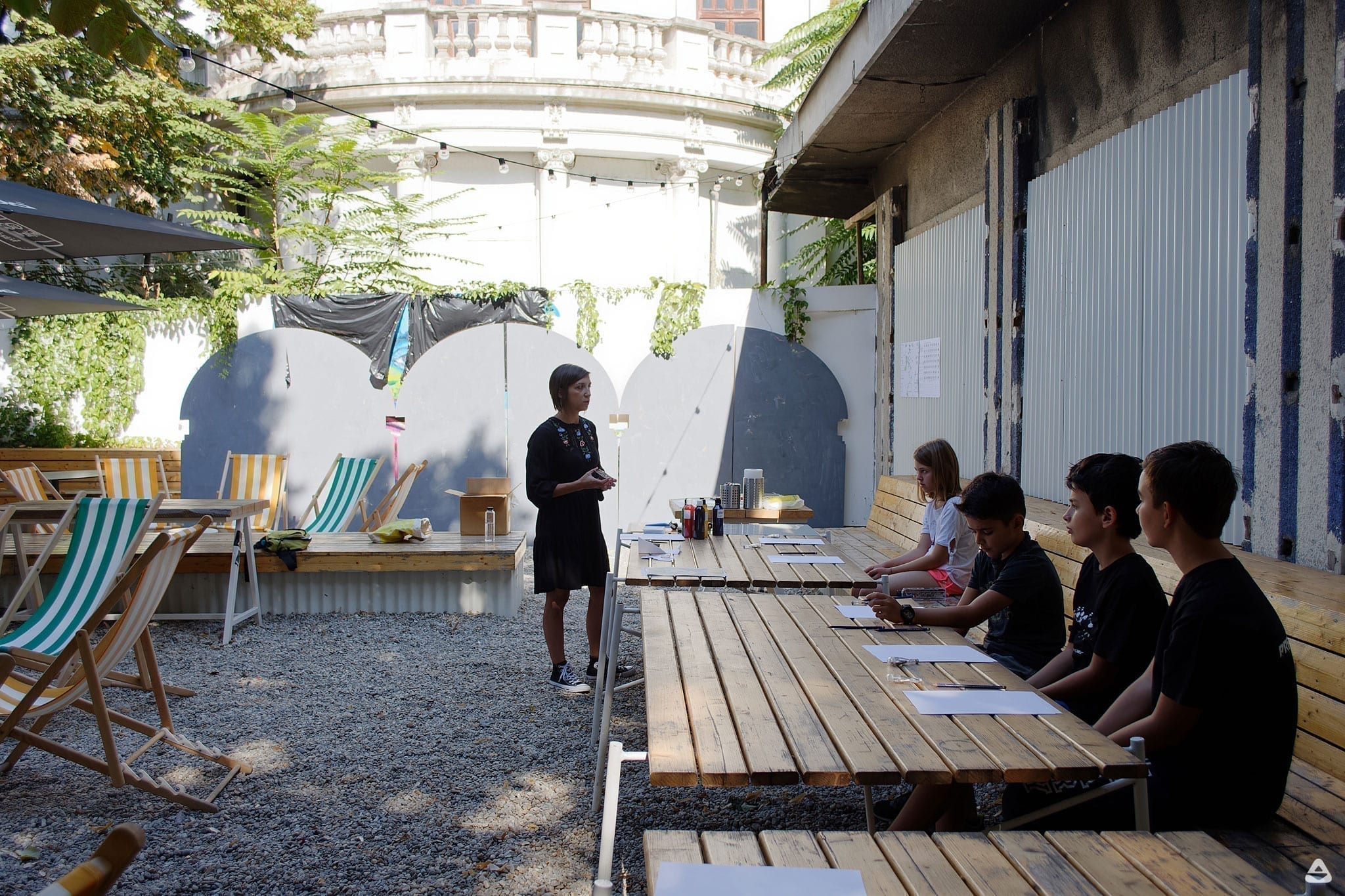
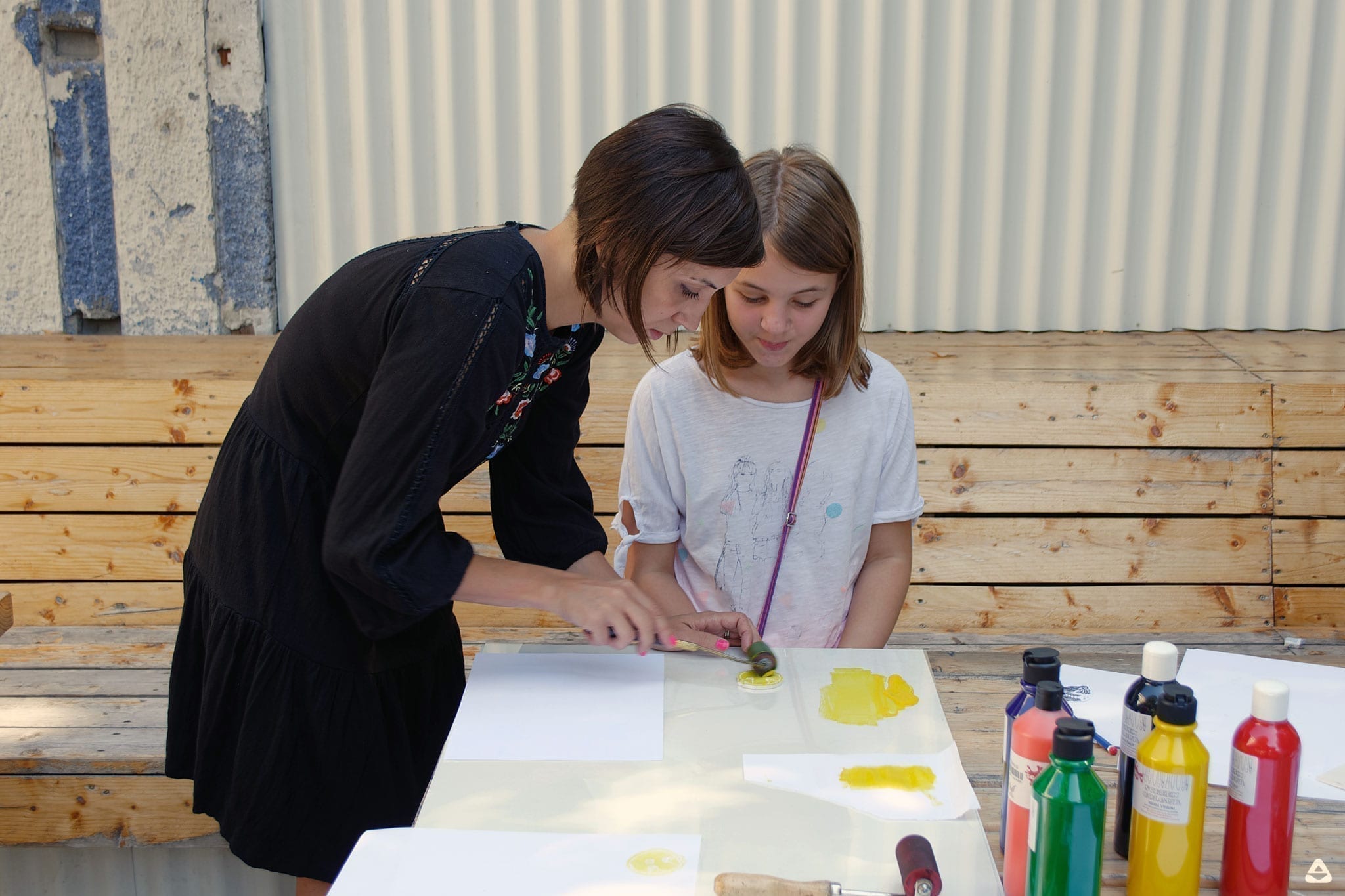
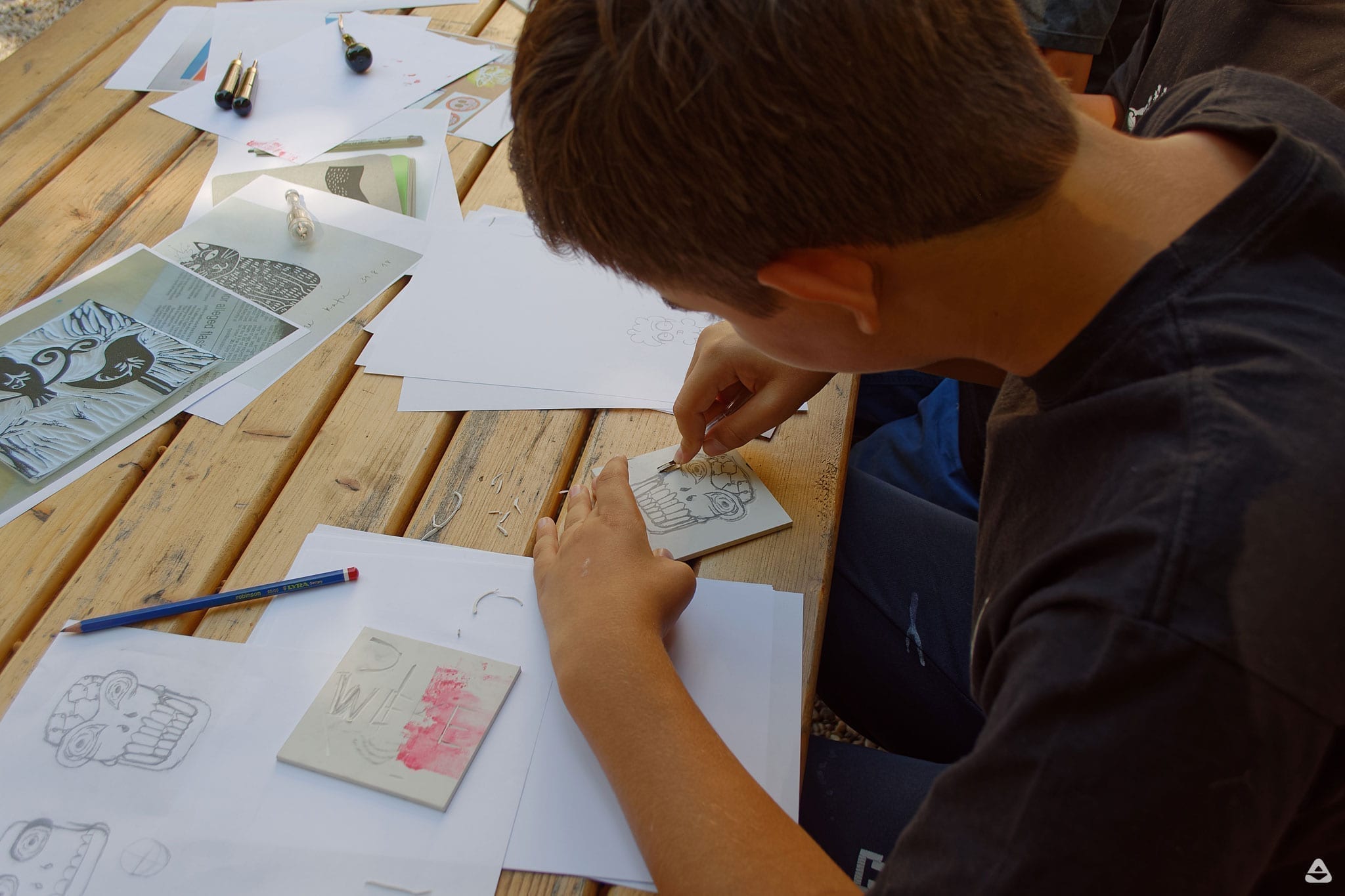
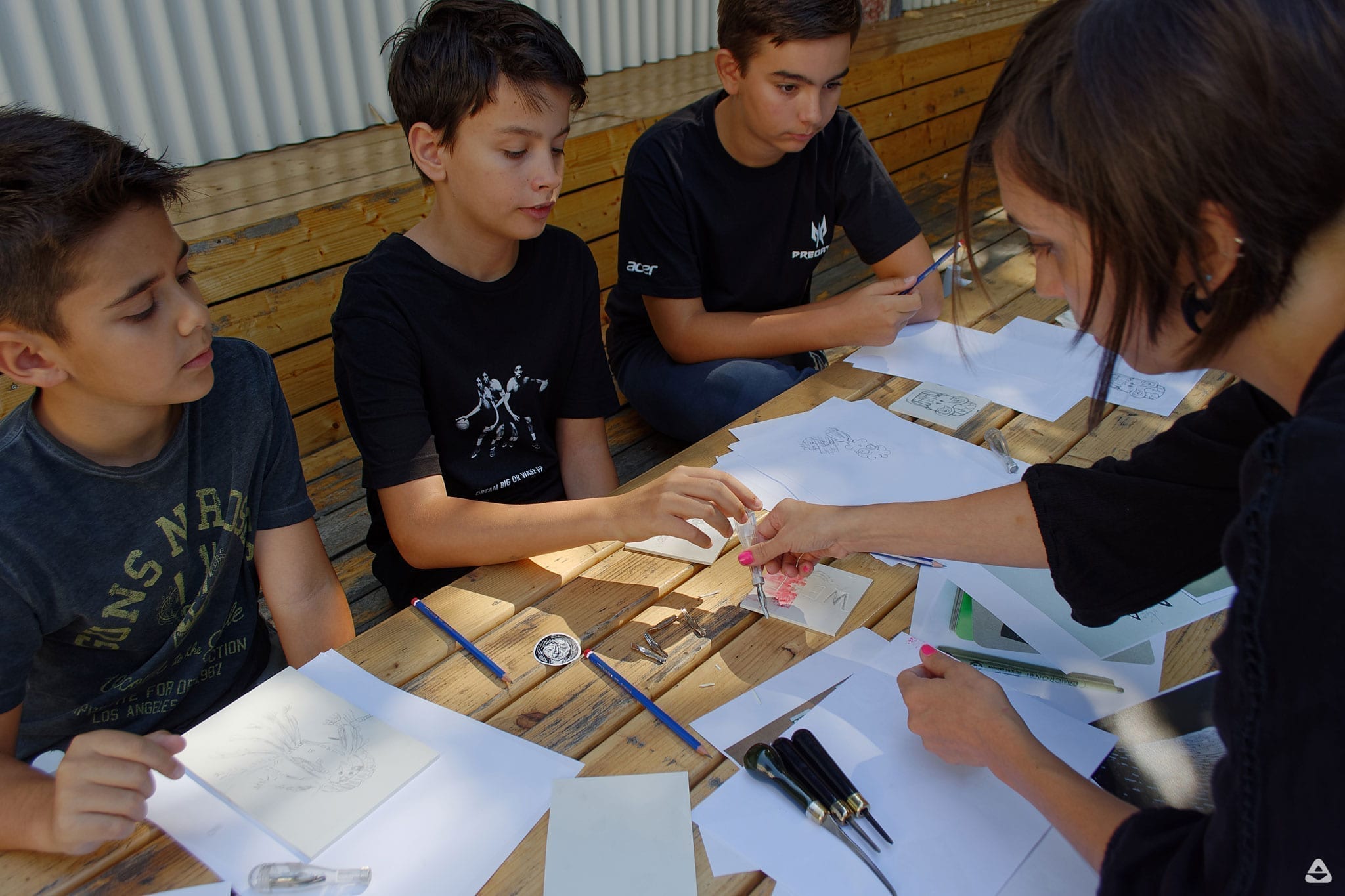
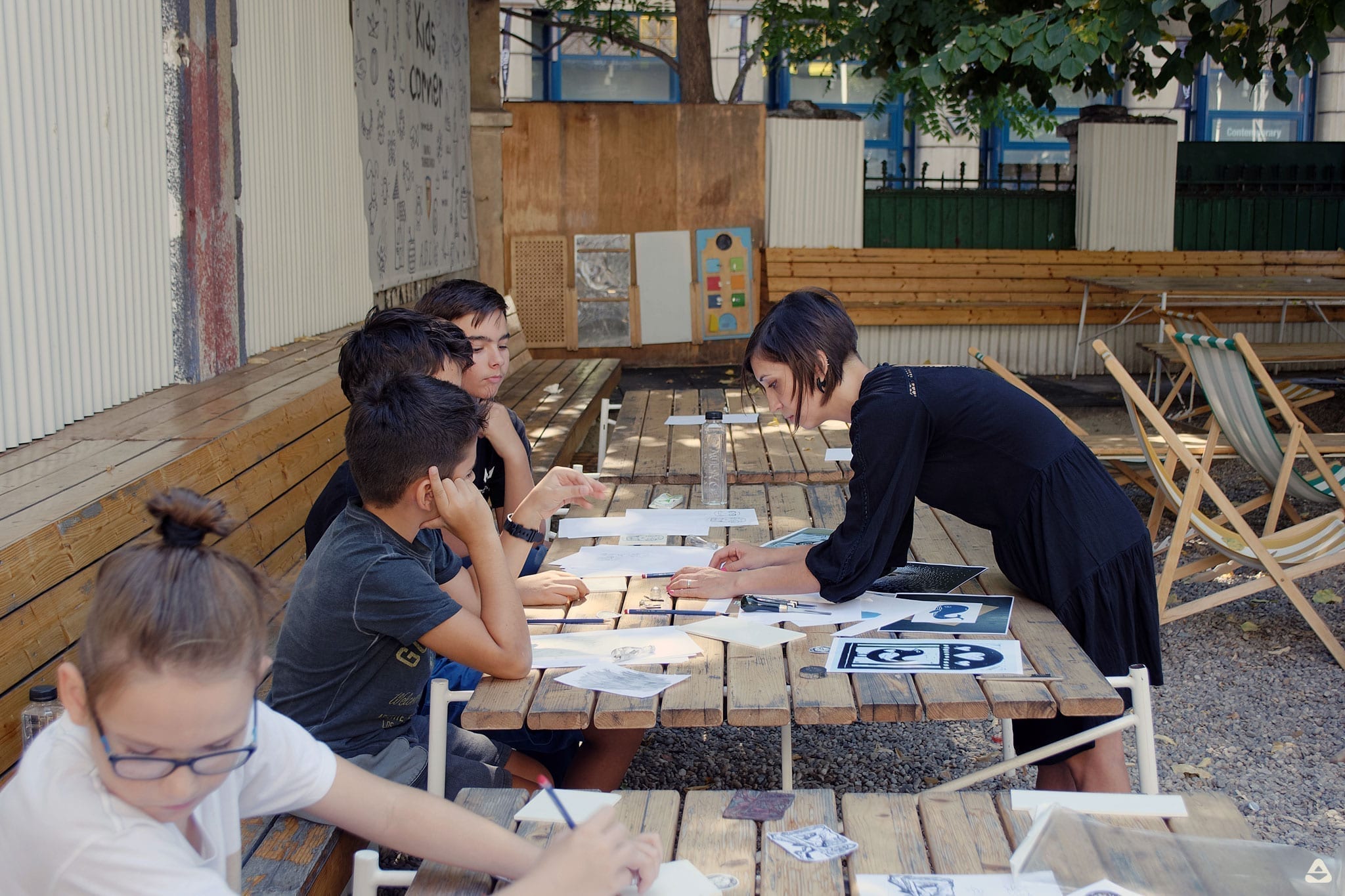
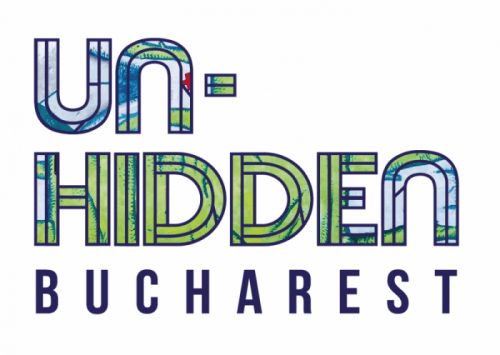
Pingback: Maria Bălan (instalație) & Adrian Drăguț (compoziție audio) intervenție artistică multidisciplinară la Facultatea de Sociologie și Asistență Socială, București • feeder.ro
Pingback: feeder sound OPEN CALL results • feeder.ro
Pingback: feeder sound open call WINNERS
Pingback: Discover the new feeder sound II cultural project • Feeder.ro
Pingback: feeder sound LIVE STREAMS 🔴 with TELURIC & MARIA BĂLAN
Pingback: feeder sound LIVE streams w/ Teluric, Miss I, Bucurie, Maria Bălan, Irlo, Aeul, Pass, John Dot S, Izzy Izvne
Pingback: Interviu cu Maria Bălan - Un-hidden Bucharest • Feeder.ro
Pingback: feeder sound LIVE streaming with ADA KALEH (dj set) & KSELEQOQYNQYSHY (live painting)
Pingback: feeder sound LIVE streaming with OANA (dj set) & Livi Po (live painting)
Pingback: Join the feeder sound OPEN CALL for DJs and producers
Pingback: Interview with Tobias Barenthin Lindblad (SE) – Un-hidden Bucharest [en]
Pingback: This is your chance to join the exciting feeder sound project
Pingback: HAPPENING NOW: feeder sound LIVE with DRAGUTESKU (dj set) & ERPS (live painting) [UPDATED]
Pingback: Discover a new Un-hidden Romania 🇷🇴 interview with Japanese 🇯🇵 artist Aito Kitazaki [video] • Feeder.ro
Pingback: This is your chance to join the exciting feeder sound project